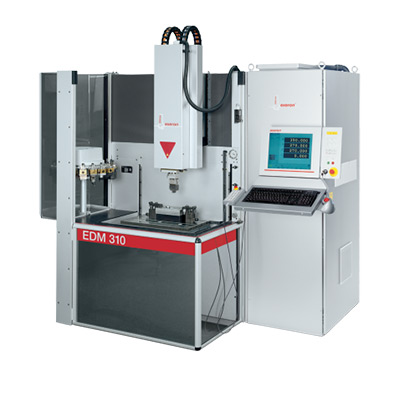air brake line
Understanding Air Brake Lines Essential Components of Modern Vehicles
Air brake systems are critical in ensuring the safety and efficiency of heavy vehicles, such as trucks and buses. One of the fundamental components of these systems is the air brake line. Understanding the function and importance of air brake lines can provide insight into how modern vehicles operate effectively under heavy loads.
Air brake lines are tubes made from durable materials that transport compressed air from the vehicle’s air compressor to the brake chambers located at each wheel. The primary purpose of these lines is to activate the brakes when the driver applies pressure to the brake pedal. The system relies on the principle that compressing air can create a significant amount of force, which, in turn, helps in slowing down or bringing the vehicle to a stop.
One of the first things to note about air brake lines is their construction. Generally, they are made from high-strength rubber or plastic materials reinforced with various types of fibers or steel to withstand high pressure and resist wear and tear from environmental factors. These materials ensure that the brake lines can handle the stress of the compressed air without rupturing, which could lead to a loss of braking power and increased risk of accidents.
Proper maintenance of air brake lines is essential for vehicle safety. Over time, these lines can experience wear due to friction, exposure to harsh elements, and prolonged use. It's crucial for vehicle operators to routinely inspect air brake lines for any signs of damage, such as cracks, leaks, or bulges. A small leak can significantly affect the braking system's performance. If a brake line fails, it not only endangers the driver but also other road users.
air brake line

Furthermore, air brake systems incorporate various components alongside the air brake lines, such as air tanks, valves, and brake chambers. Each part plays a vital role in the system's functionality. For instance, air tanks store compressed air that can be released into the brake lines when needed. Similarly, the valves control the flow of air to ensure that braking occurs smoothly and efficiently. Understanding how these components interact can provide a more comprehensive view of the intricacies of air brake systems.
Moreover, the design of air brake lines and the entire braking system must comply with specific regulations and standards. For example, heavy-duty vehicles are often required to have dual air brake systems to enhance safety. If one system fails, the other can still function adequately.
Training drivers on how to effectively use air brakes is another critical aspect of ensuring safety on the road. Drivers should be aware of how the system works and the importance of maintaining proper air pressure within the brake lines. This knowledge not only fosters better operating practices but also helps in emergencies when efficient braking is paramount.
In conclusion, air brake lines are integral to the functioning of air brake systems in modern heavy vehicles. Their durable construction, crucial role in the braking process, and need for regular maintenance emphasize their importance in vehicle safety. Understanding these components helps illustrate the sophistication of modern vehicle engineering and the measures put in place to ensure that drivers and passengers remain safe on the roads. As technology advances, ongoing improvements in materials and design will continue to enhance the reliability of air brake systems, contributing to safer transportation in the future.
-
Ultimate Spiral Protection for Hoses & CablesNewsJun.26,2025
-
The Ultimate Quick-Connect Solutions for Every NeedNewsJun.26,2025
-
SAE J1401 Brake Hose: Reliable Choice for Safe BrakingNewsJun.26,2025
-
Reliable J2064 A/C Hoses for Real-World Cooling NeedsNewsJun.26,2025
-
Heavy-Duty Sewer Jetting Hoses Built to LastNewsJun.26,2025
-
Fix Power Steering Tube Leaks Fast – Durable & Affordable SolutionNewsJun.26,2025

